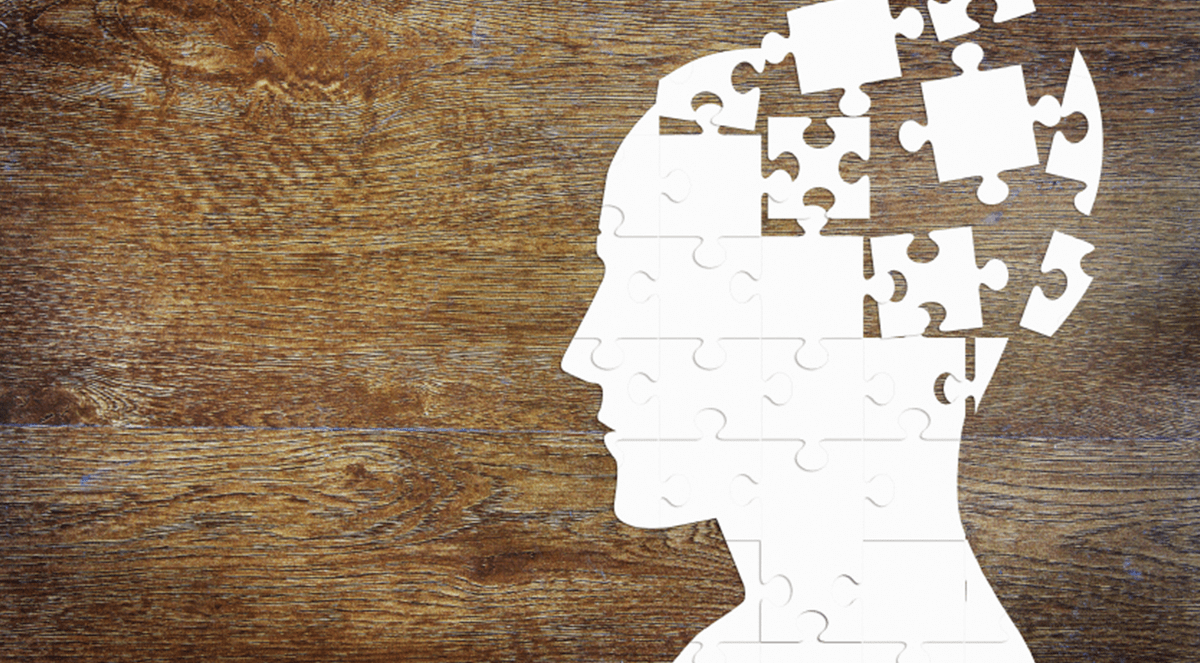Facial emotion recognition deficits are common in bipolar disorder (BD) and associated with impairment. However, the relationship between facial emotion recognition and mood course is not well understood. This study examined facial emotion recognition and subsequent mood symptoms in young adults with childhood-onset BD versus typically developing controls (TDCs). The sample included 116 young adults (ages 18-30, 58% male, 78% White) with prospectively verified childhood-onset BD (n = 52) and TDCs (n = 64). At baseline, participants completed a facial emotion recognition task (Diagnostic Analysis of Non-Verbal Accuracy-2) and clinical measures. Then, participants with BD completed mood symptom assessments every 6 months (M = 8.7 ± 5.2 months) over two years. Analyses included independent-samples t tests and mixed-effects regression models. Participants with BD made significantly more recognition errors for child expressions than TDCs. There were no significant between-group differences for recognition errors for adult expressions, or errors for specific child or adult emotional expressions. Participants had moderate baseline mood symptoms. Significant time-by-facial emotion recognition interactions revealed more recognition errors for child emotional expressions predicted lower baseline mania and stable/consistent trajectory; fewer recognition errors for child expressions predicted higher baseline mania and decreasing trajectory. In addition, more recognition errors for adult sad expressions predicted stable/consistent depression trajectory and decreasing mania; fewer recognition errors for adult sad expressions predicted decreasing depression trajectory and stable/consistent mania. Effects remained when controlling for baseline demographics and clinical variables. Facial emotion recognition may be an important brain/behavior mechanism, prognostic indicator, and intervention target for childhood-onset BD, which endures into young adulthood and is associated with mood trajectory.
Facial emotion recognition and mood symptom course in young adults with childhood-onset bipolar disorder.


